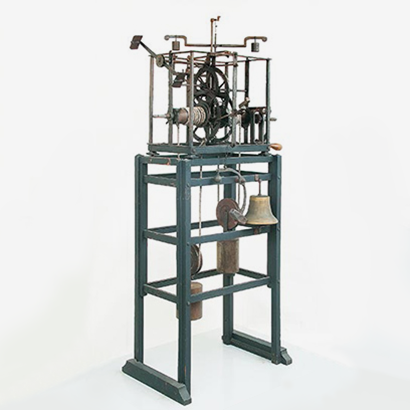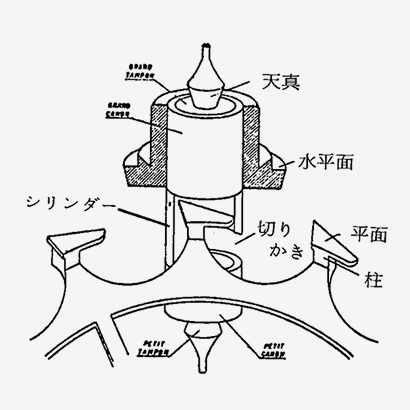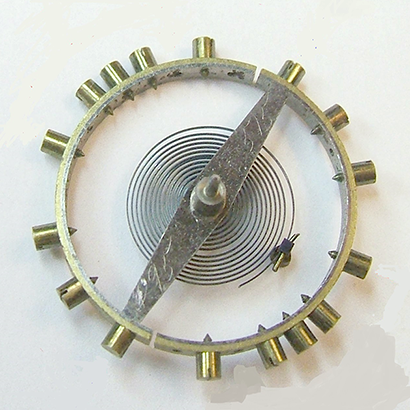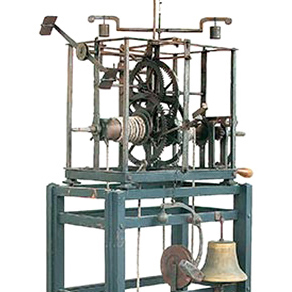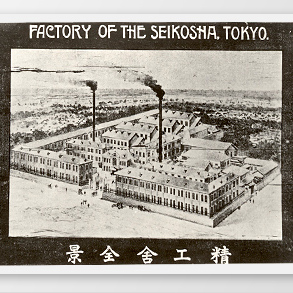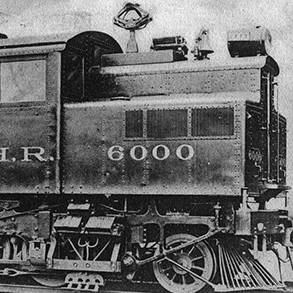As a leader that steps ahead of the other leading-edge researches, research and development of ultra-high precision atomic clock are advancing. We will report its changes at this point of time and the future perspectives.
Japan Standard Time
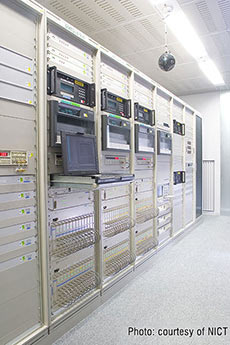
In the National Institute of Information and Communications Technology (NICT), which generates the standard time, the fact that time signals are based on an active type hydrogen maser atomic clock has not changed.
However, the atomic fountain atomic clock used for correction is no longer in service. The reason will be described below.
Instead, 18 units of cesium-133 atomic beam type atomic clocks are used to obtain their average, which realizes an accuracy of ten to the power minus 15 (1 second in 30 million years).
On a different note, the domestic manufacturer terminated production of the hydrogen maser atomic clock.
The NICT is currently considering the actions to take in response to that.
Though it is difficult to replace it immediately, shifting to the atomic clock using light is one possibility in the future.
Atomic Fountain Type Atomic Clock
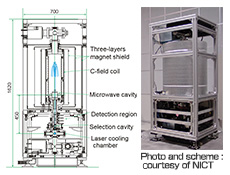
The atomic fountain type is an atomic beam type clock that is designed to extend the measurement time during which electromagnetic waves are emitted to atomic beam.
When it was developed, it drew attention because of its accuracy that is greatly higher than the conventional atomic clock type. However, since it has been 24 years since its first development in France, it is already a somewhat obsolete technology.
Leading-edge researches have already moved to optical method, and only a few researchers are putting effort on that technology now.
Definition of One Second
Since 1967, one second has been defined as 9,192,631,770 times longer than the period of emission, which is generated when cesium-133 changes to a different state of energy.
The atomic clock produced when this definition was given had an error level of one second in 300 years.
However, since then, the accuracy of atomic clock has drastically increased.
The leading-edge optical atomic clock has realized one second in 10 billion years.
Because it has a big gap with the definition of one second, a revision to the definition has been demanded.
However, even when a leading-edge clock has an extremely high accuracy, it cannot be used as the world standard if that technology is available only in limited countries.
These days, atomic clocks available in respective countries have been advancing, there is a possibility that the definition will be revised in 2020s depending on the degree of the advance.
Leap Seconds
Leap seconds have been inserted as appropriate for the purpose of setting the clock to the cycle of the earth's rotation.
This was done originally because a clock that is synchronized with the earth was required for safe cruising of vessels, etc.
However, with GPS and other advanced technologies available today, it has lost its original role.
Considering the workload to insert one second and the confusion caused, many are calling for leap seconds to be scrapped, and Japan is also in favor of this.
If the discussions proceed, leap seconds may also end in the 2020s.
Chip Scale Atomic Clock (Atomic Clock That Fits in One Chip)
The first atomic clock manufactured had a length of about 2 m. Since then, there have been a lot of advances in research for improving accuracy and downsizing.
In recent years, atomic clocks that fit in one chip have become available.
The size of the latest clock is only 4-cm square, and some can operate at a low power of 100 mW.
Some clocks have also achieved an accuracy of one second in 30 million years.
We expect that these achievements will be applied to various kinds of devices in the future.
Optical Lattice Clock
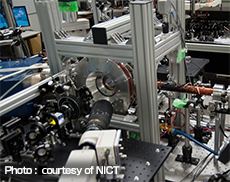
In the laboratory of Professor Hidetoshi Katori at Tokyo University, who invented the optical lattice clock, a model with atom cooled to -190℃ with the aim of improving its accuracy to ten to the power minus 18, has started operation.
NICT is currently operating a model that achieves an accuracy of ten to the power minus 17 at normal temperature, and also developing a cooled model.


